Bell + Howell 15.7 in. Indoor White Ceiling Fan with Remote, LED Light, Socket
-
( 5 Reviews )Rated 4.80 out of 5 based on 5 customer ratings05
Socket Fan Light by Bell + Howell turns your standard socket into a FAN LIGHT. The newest innovation from Bell + Howell lighting is easy to use and even easier to install.
-
Hampton Bay Witherby 61 in. Shabby White Floor Lamp with Gray Lamp Shade
Rated 4.80 out of 505Hampton Bay Witherby 61 in. Shabby White Floor Lamp with Gray Lamp Shade
Rated 4.80 out of 505 -
Husky 10,000-Lumen Twin-Head LED Work Light
Rated 4.75 out of 504Husky 10,000-Lumen Twin-Head LED Work Light
Rated 4.75 out of 504
Socket Fan Light by Bell + Howell turns your standard socket into a FAN LIGHT. The newest innovation from Bell + Howell lighting is easy to use and even easier to install. You can simply screw into any standard light socket, compatible with an E26 medium base, no wiring needed. Socket Fan Light comes with a remote so you can easily select the settings you need. Choose from 3-light modes: high, medium or low. The 15.7 in. fan has 3-speeds to choose from: high, medium or low. The fan function can be turned off completely and light mode used alone or choose to use the fan alone with the light settings turned off. Socket Fan Light is the perfect lighting and cooling solution for any room in the home and even the garage. Super bright, Socket Fan Light provides up to 1000 Lumens of light. Each Socket Fan Light comes with a socket extender included in the package. The light socket extender simply screws into the light and gives you more length out of the socket.
- Super bright- up to 1000 Lumens of LED light
- Easy to use- no wiring or installation necessary
- Choose from multiple light settings- high, medium or low
- Choose from multiple fan speeds- high, medium or low
- 15.7 in. Dia fan
- Easy to operate with remote control
- Compatible with standard E26 medium base
- 4.5 in. socket extender included with each fan
- Remote control comes with a holding bracket that can be mounted to the wall for easy accessibility
- Great for all rooms around the home including bedrooms, attics, boiler rooms, basements, garages and more
Additional information
| Dimensions | H 4.72 in, W 15.7 in, D 4.72 in |
|---|---|
| Downrod Length (in.) | 4.5 |
| Fan Blade Length (In.) | 6 |
| Fan Blade Span (in.) | 15.7 |
| Fan Blade Width (In.) | 2.85 |
| Certifications and Listings | cETLus |
| Manufacturer Warranty | 1-year limited manufacturers |
Fifteen or 15 may refer to:
- 15 (number)
- one of the years 15 BC, AD 15, 1915, 2015
7 (seven) is the natural number following 6 and preceding 8. It is the only prime number preceding a cube.
As an early prime number in the series of positive integers, the number seven has symbolic associations in religion, mythology, superstition and philosophy. The seven classical planets resulted in seven being the number of days in a week. 7 is often considered lucky in Western culture and is often seen as highly symbolic.
A bell is a directly struck idiophone percussion instrument. Most bells have the shape of a hollow cup that when struck vibrates in a single strong strike tone, with its sides forming an efficient resonator. The strike may be made by an internal "clapper" or "uvula", an external hammer, or—in small bells—by a small loose sphere enclosed within the body of the bell (jingle bell).
Bells are usually cast from bell metal (a type of bronze) for its resonant properties, but can also be made from other hard materials. This depends on the function. Some small bells such as ornamental bells or cowbells can be made from cast or pressed metal, glass or ceramic, but large bells such as a church, clock and tower bells are normally cast from bell metal.
Bells intended to be heard over a wide area can range from a single bell hung in a turret or bell-gable, to a musical ensemble such as an English ring of bells, a carillon or a Russian zvon which are tuned to a common scale and installed in a bell tower. Many public or institutional buildings house bells, most commonly as clock bells to sound the hours and quarters.
Historically, bells have been associated with religious rites, and are still used to call communities together for religious services. Later, bells were made to commemorate important events or people and have been associated with the concepts of peace and freedom. The study of bells is called campanology.
A ceiling is an overhead interior roof that covers the upper limits of a room. It is not generally considered a structural element, but a finished surface concealing the underside of the roof structure or the floor of a story above. Ceilings can be decorated to taste, and there are many examples of frescoes and artwork on ceilings, especially within religious buildings. A ceiling can also be the upper limit of a tunnel.
The most common type of ceiling is the dropped ceiling, which is suspended from structural elements above. Panels of drywall are fastened either directly to the ceiling joists or to a few layers of moisture-proof plywood which are then attached to the joists. Pipework or ducts can be run in the gap above the ceiling, and insulation and fireproofing material can be placed here. Alternatively, ceilings may be spray painted instead, leaving the pipework and ducts exposed but painted, and using spray foam.
A subset of the dropped ceiling is the suspended ceiling, wherein a network of aluminum struts, as opposed to drywall, are attached to the joists, forming a series of rectangular spaces. Individual pieces of cardboard are then placed inside the bottom of those spaces so that the outer side of the cardboard, interspersed with aluminum rails, is seen as the ceiling from below. This makes it relatively easy to repair the pipes and insulation behind the ceiling, since all that is necessary is to lift off the cardboard, rather than digging through the drywall and then replacing it.
Other types of ceiling include the cathedral ceiling, the concave or barrel-shaped ceiling, the stretched ceiling and the coffered ceiling. Coving often links the ceiling to the surrounding walls. Ceilings can play a part in reducing fire hazard, and a system is available for rating the fire resistance of dropped ceilings.
Fan commonly refers to:
- Fan (machine), a machine for producing airflow, often used for cooling
- Hand fan, an implement held and waved by hand to move air for cooling
- Fan (person), short for fanatic; an enthusiast or supporter, especially with regard to entertainment
Fan, FAN or fans may also refer to:
Indoor(s) may refer to:
- the interior of a building
- Indoor environment, in building science, traditionally includes the study of indoor thermal environment, indoor acoustic environment, indoor light environment, and indoor air quality
- Built environment, the human-made environment that provides the setting for human activity
- Indoor athletics
- Indoor games and sports
Light, visible light, or visible radiation is electromagnetic radiation that can be perceived by the human eye. Visible light spans the visible spectrum and is usually defined as having wavelengths in the range of 400–700 nanometres (nm), corresponding to frequencies of 750–420 terahertz. The visible band sits adjacent to the infrared (with longer wavelengths and lower frequencies) and the ultraviolet (with shorter wavelengths and higher frequencies), called collectively optical radiation.
In physics, the term "light" may refer more broadly to electromagnetic radiation of any wavelength, whether visible or not. In this sense, gamma rays, X-rays, microwaves and radio waves are also light. The primary properties of light are intensity, propagation direction, frequency or wavelength spectrum, and polarization. Its speed in vacuum, 299792458 m/s, is one of the fundamental constants of nature. All electromagnetic radiation exhibits some properties of both particles and waves. Single, massless elementary particles, or quanta, of light called photons can be detected with specialized equipment; phenomena like interference are described by waves. Most everyday interactions with light can be understood using geometrical optics; quantum optics, is an important research area in modern physics.
The main source of natural light on Earth is the Sun. Historically, another important source of light for humans has been fire, from ancient campfires to modern kerosene lamps. With the development of electric lights and power systems, electric lighting has effectively replaced firelight.
White is the lightest color and is achromatic (having no chroma). It is the color of objects such as snow, chalk, and milk, and is the opposite of black. White objects fully reflect and scatter all the visible wavelengths of light. White on television and computer screens is created by a mixture of red, blue, and green light. The color white can be given with white pigments, especially titanium dioxide.
In ancient Egypt and ancient Rome, priestesses wore white as a symbol of purity, and Romans wore white togas as symbols of citizenship. In the Middle Ages and Renaissance a white unicorn symbolized chastity, and a white lamb sacrifice and purity. It was the royal color of the kings of France as well as the flag of monarchist France from 1815 to 1830, and of the monarchist movement that opposed the Bolsheviks during the Russian Civil War (1917–1922). Greek temples and Roman temples were faced with white marble, and beginning in the 18th century, with the advent of neoclassical architecture, white became the most common color of new churches, capitols, and other government buildings, especially in the United States. It was also widely used in 20th century modern architecture as a symbol of modernity and simplicity.
According to surveys in Europe and the United States, white is the color most often associated with perfection, the good, honesty, cleanliness, the beginning, the new, neutrality, and exactitude. White is an important color for almost all world religions. The pope, the head of the Roman Catholic Church, has worn white since 1566, as a symbol of purity and sacrifice. In Islam, and in the Shinto religion of Japan, it is worn by pilgrims. In Western cultures and in Japan, white is the most common color for wedding dresses, symbolizing purity and virginity. In many Asian cultures, white is also the color of mourning.
With or WITH may refer to:
- With, a preposition in English
- Carl Johannes With (1877–1923), Danish doctor and arachnologist
- With (character), a character in D. N. Angel
- With (novel), a novel by Donald Harrington
- With (album), a 2014 album by TVXQ
- With (EP), a 2021 EP by Nam Woo-hyun

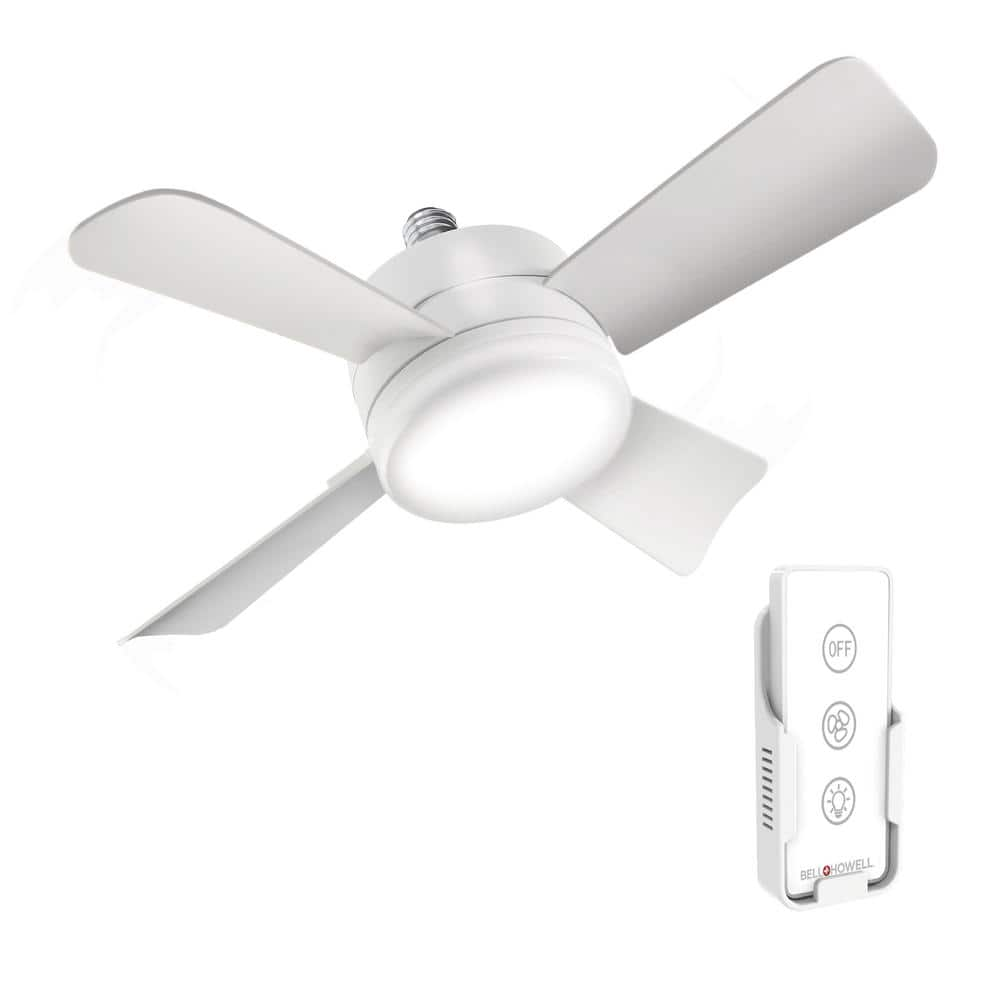
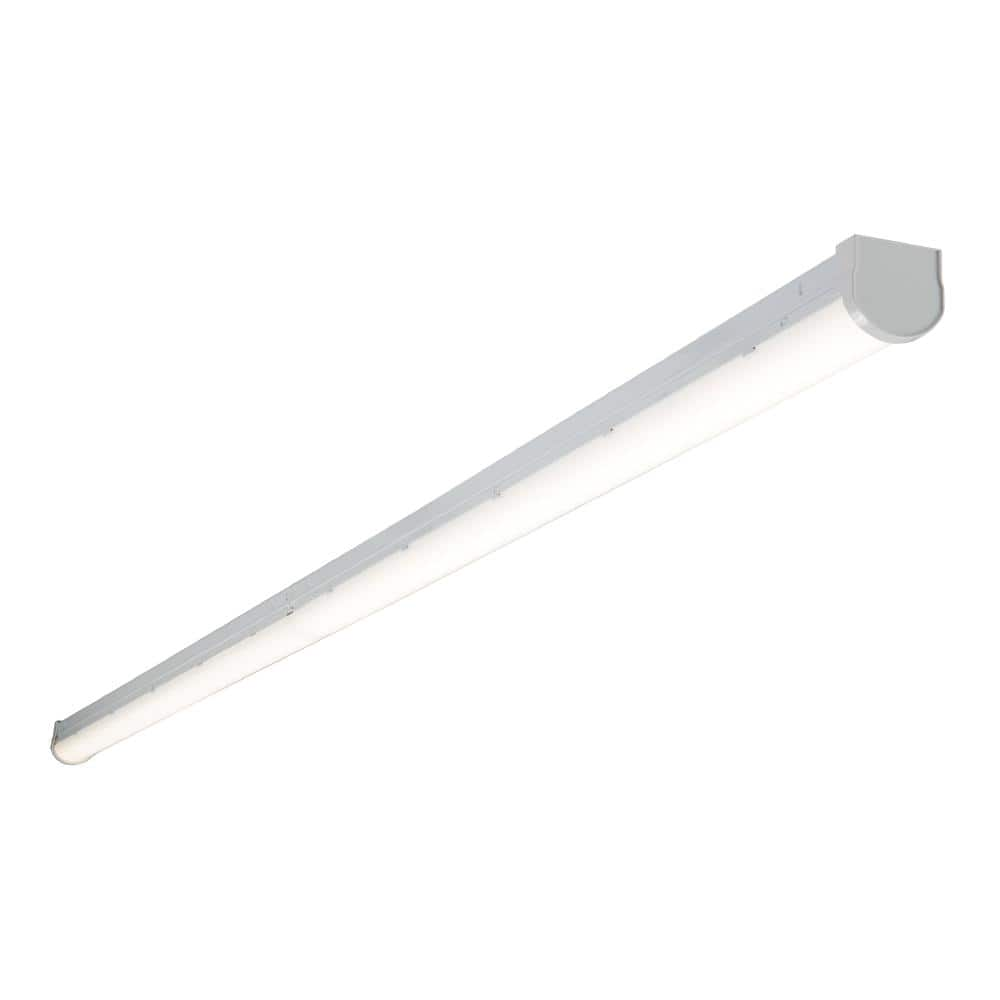
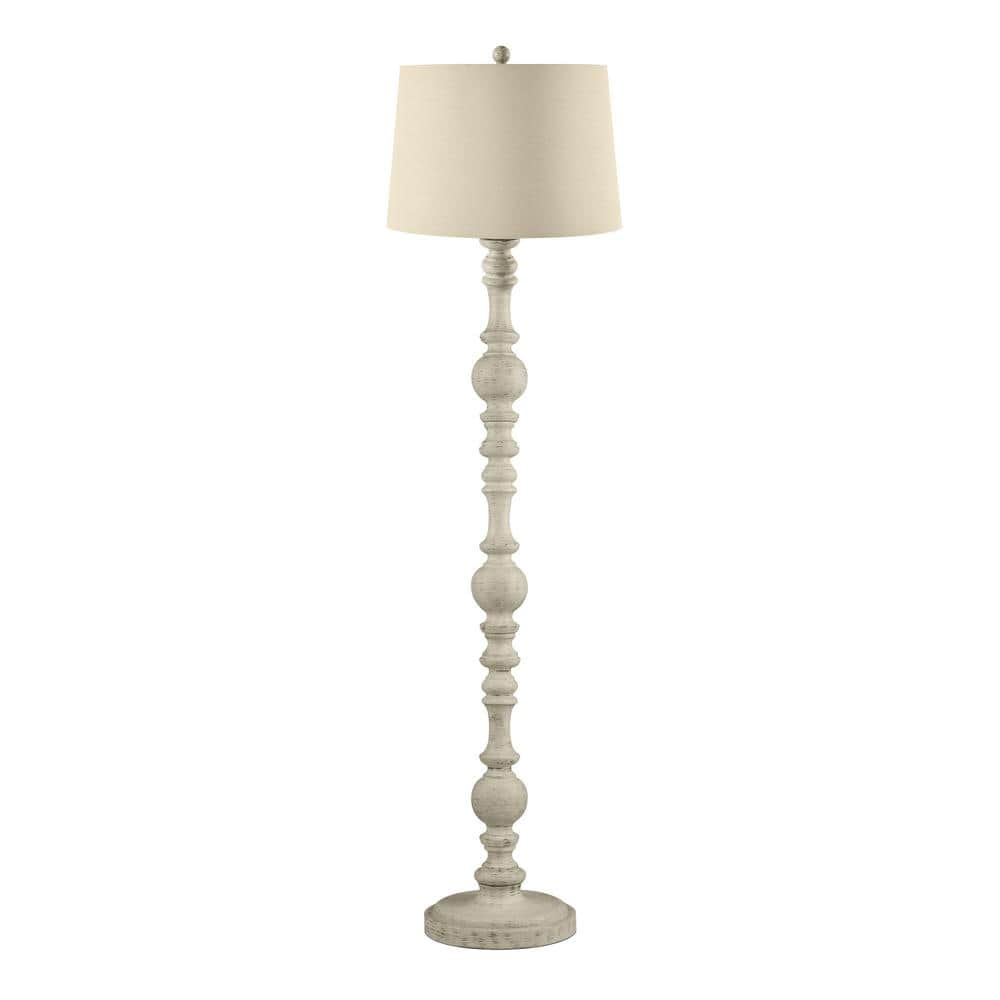
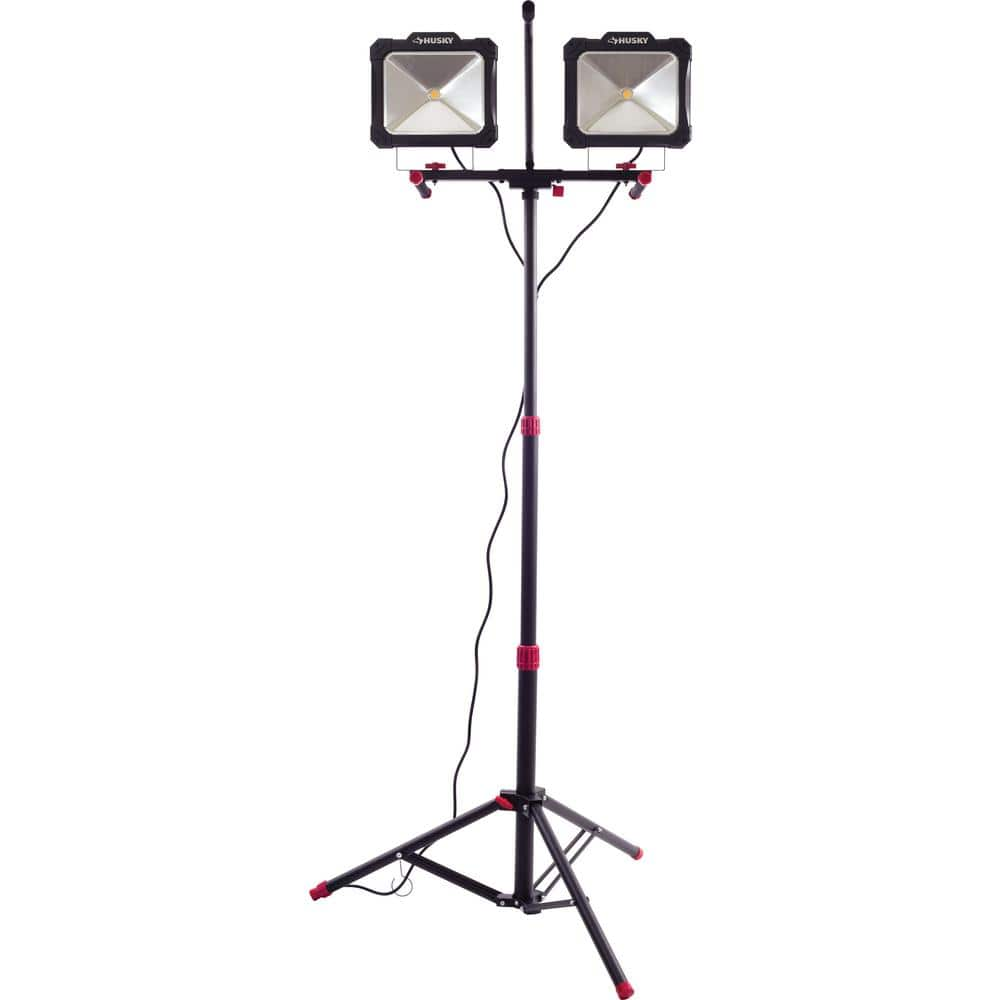
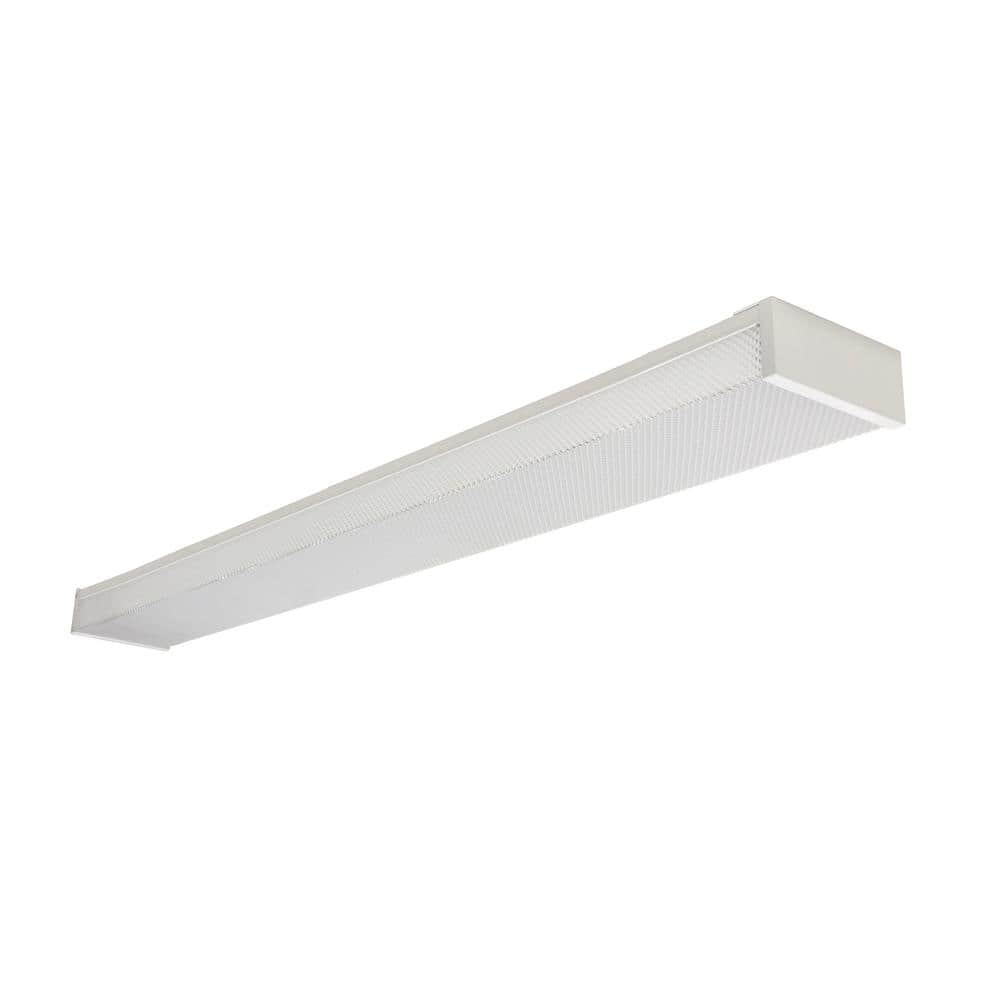
by Irvin
I really like this is working great in my bathroom
by Paul
Easy to assemble & install. The remote was a nice feature. No idea if you can change bulb when it needs replacing. Fan has some power. Works great in a small bathroom.
by Oleg
This is exactly I always wanted to have above my bed. A good and quiet 3 speeds fan with a remote control, also with LED light (3 modes of brightness). The idea to connect this fan as a regular bulb in any base as a bulb socket – made this fan even more flexible and easily adapted to any place at any home. Very smart fan. I’m so happy with this purchase.
by Linda
Great little fan without the hassle of installing a ceiling fan.
by Okie
Easy to install. Bright Light and a Good Fan. Made our small area more comfortable.